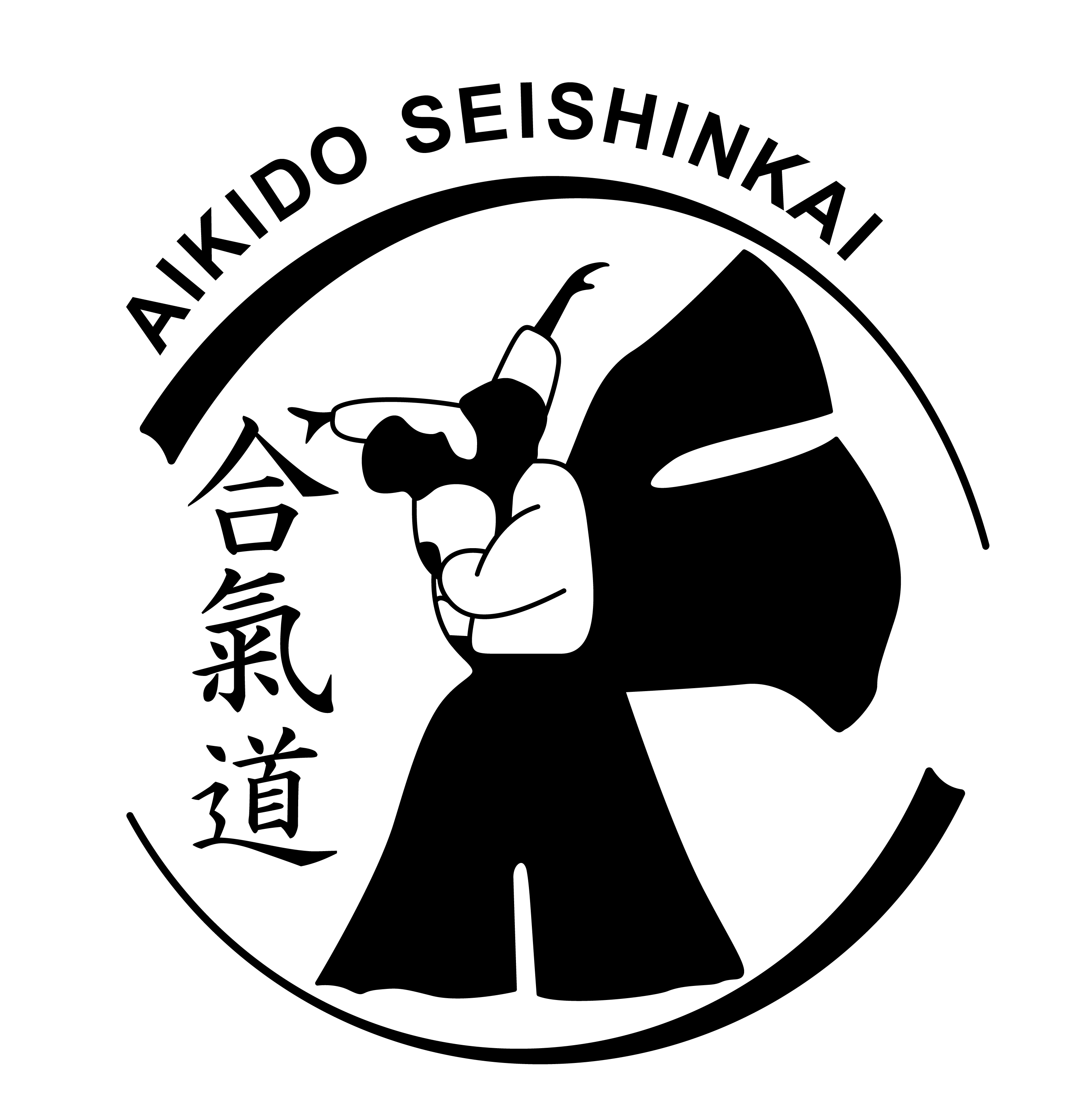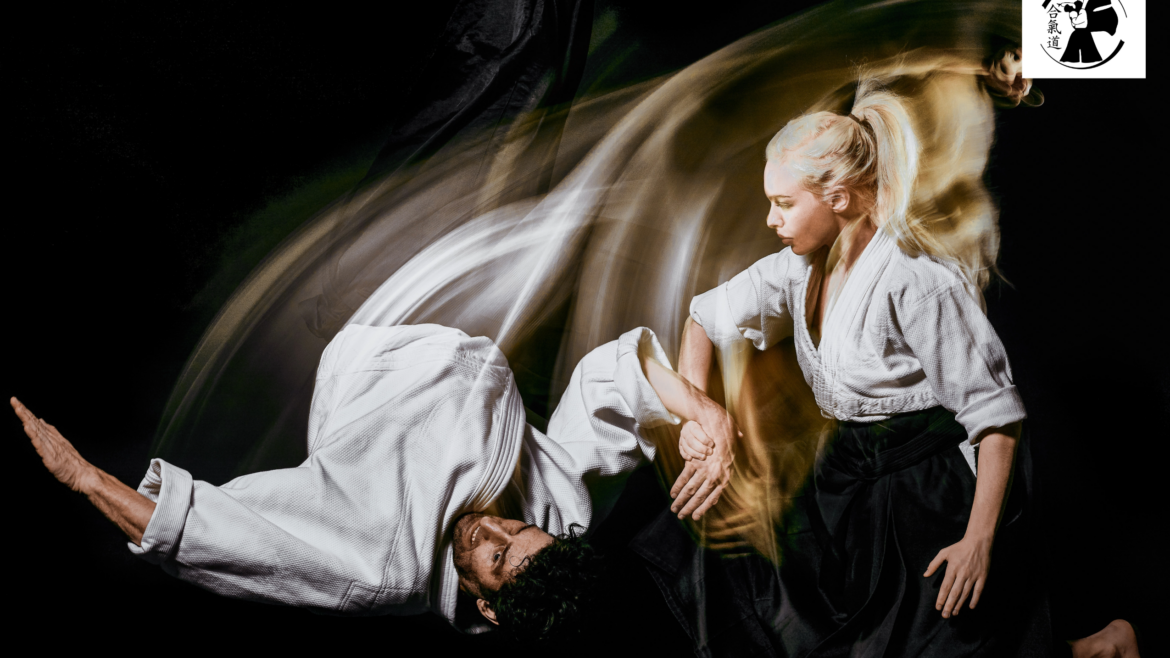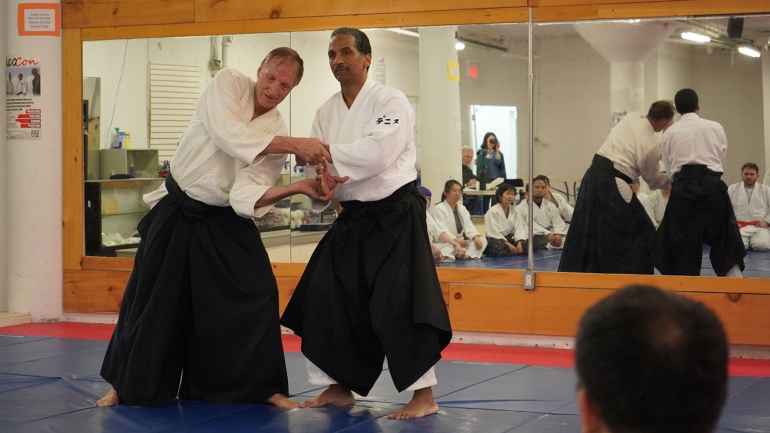Nowadays there is much information and instruction on a multitude of topics presented on the Internet. It is great that universities, museums, etc., which used to be accessible only to the few, are making available vast stores of knowledge to anyone with a computer and connection to the World Wide Web. There are many fine examples of Aikido for viewing on YouTube.
Aikido, however, can only be learned through face-to-face instruction and hand-to-hand practice. And, even then, it is only assimilated when the student pays attention and makes a great effort.
In medieval Europe skills were taught on the job by carpenters, stonemasons, and other tradesmen. (There were few opportunities for women.) It was correctly accepted that the apprentice would learn by observation and direct instruction. The instruction could be harsh and the practice projects challenging. It took years to become a journeyman and more years still to be accepted as a master.
The same is true for the great artists of Renaissance Italy including Leonardo, Michelangelo, and Raffaello. While they were all born with great talent, they had to be shown the tools and techniques required to apply their genius.
Metaphorically, a Shodan (first degree black belt) in Aikido is someone who has progressed from the apprentice level to that of journeyman. The basics are roughly there. Now some real learning can begin.
My friends who practice Taekwondo address everyone at or above 4th degree black belt as “Master”. I don’t disagree and think it is not inappropriate to do so as well in Aikido, provided that everyone remembers that “Masters” can still learn much more than just “waza” and “ukemi”. Those are merely the activities we perform inside the dojo. What matters more is how we conduct ourselves everywhere else.




